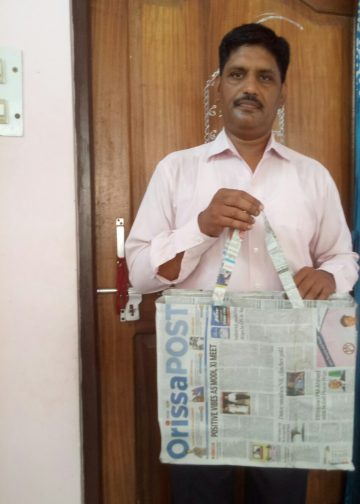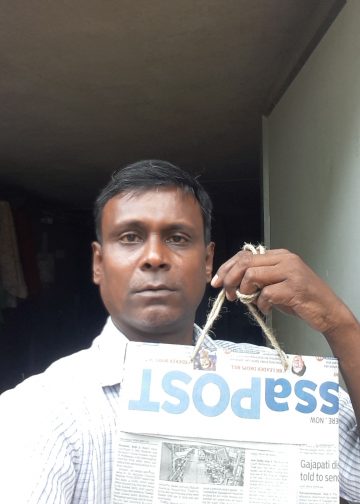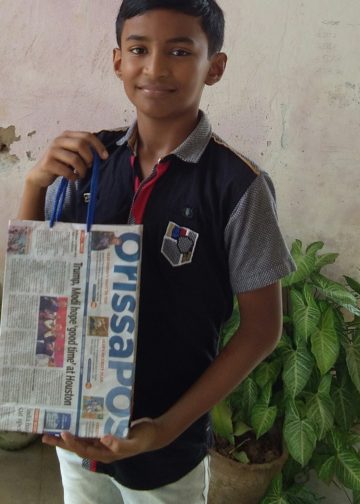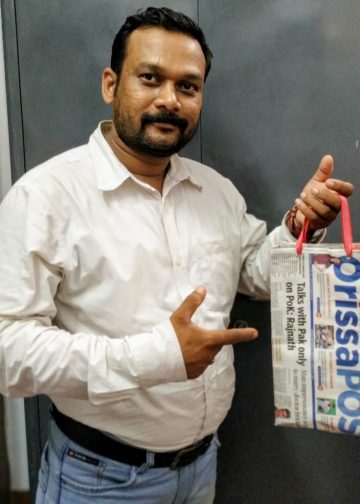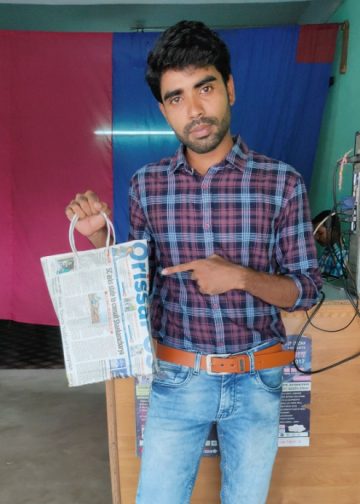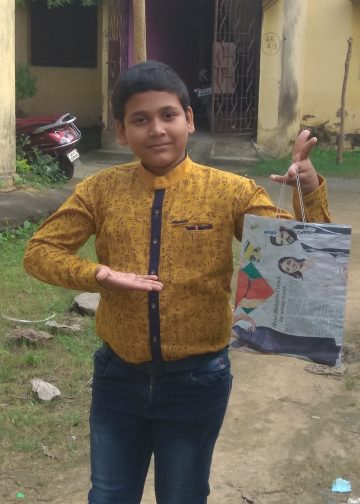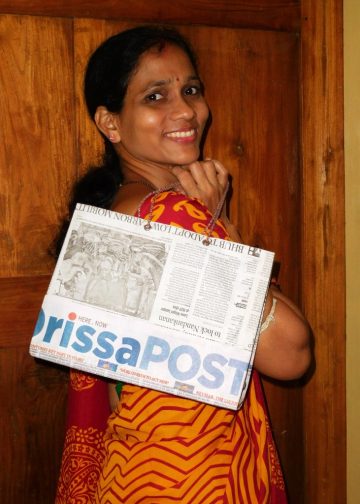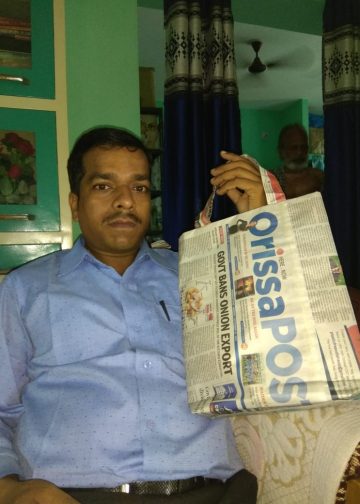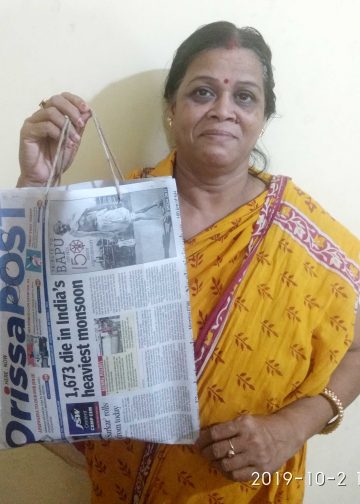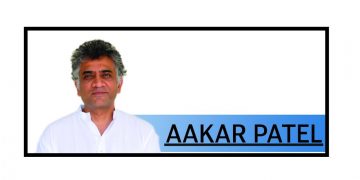By Sarit Kumar Rout
C
Caste as an institution has profound influence in shaping social life including marriage, occupation, faith and religious beliefs. This is deeply intertwined in the Hindu text Manusmriti. BR Ambedekar, the Indian philosopher and the constitution maker, denounced the fourfold caste order and the division of labour based upon it, which is pernicious. Selecting individuals not based on trained original capacities but according to the social status of the parents is outrageous and limits labour mobility.
In 1950, the Constitution through an order (The Constitution of India Scheduled Caste order 1950) confers the President to declare a specific caste, community and race as Scheduled Caste or Tribe in consultation with the states. This marked the beginning of affirmative action through reservation for these social groups in education institutions, government jobs and targeted social interventions. This idea was admirable for transforming the social status of these vulnerable caste groups.
This however, changed latter and caste politics became dominant in the electoral system of the country. Political parties of different hues keep the caste system booming to reap electoral benefits neglecting actual political and economic transformation. The recent Bihar election campaign is a testimony to this.
Despite decades of affirmative action, caste-based disparities in India remain stark. A 2023 parliamentary report highlights that SCs (15% of population) and STs (7.5%) are underrepresented in most Central government jobs, except Group C roles. Seemingly, more safai karmacharis (37%) belong to SCs further validating the caste division of Manusmirtti. Even in teaching jobs of Central universities, the representation of SCs stands at 11% and that of STs 5%.
In terms of health, nutritional outcomes or incidence of poverty, the difference between SCs, STs and general castes is glaring. The last poverty estimate indicates the incidence of poverty in ST & SC households are 1.8 and 1.6 times more than the nonscheduled households. Health metrics, such as child stunting and infant mortality, also show SCs/STs lagging behind general castes (NFHS).
India witnessed a higher economic growth at 6–7.5% on an average after 2000 except a few aberrations and the growth has lifted many from absolute poverty, but the distribution of its benefits has been uneven across social groups.
Following liberalisation, the market economy expanded opportunities for many, enhanced mobility and created social infrastructure defying traditional caste hierarchies. Moreover, people migrated to cities for jobs and educational opportunities and stayed together in communities free from the manacles of caste rules of traditional societies. Now the upper castes are working in malls, eateries and factories doing menial jobs. Social and religious gatherings have been caste neutral in urban settings allowing upper and lower caste to dine and share together.
Last two decades have been liberating in multiple ways. No doubt, education and economic opportunities were instrumental in driving this change, and the market’s influence further accelerated the process. Despite, economic prosperity contributing to caste consolidation relaxing the caste hierarchy at workplace and urban dwellings, a large part of rural India still manifests oppressive caste rules.
The concept of caste continues to be a significant factor in social interactions, political mobilisation, and even everyday life. Purity and pollution regulations may have weakened a little, but still assumes a larger role in rural settings.
We need to create higher prosperity and distribute its benefits evenly. A caste census may enumerate, for instance, different sub castes within a particular caste group and their socio-economic status. This number will help determining rights for the groups neglected so far and will recategorise the quota system.
On the political front, this may encourage hundreds of interest groups often organised around caste lines advocating for their rights. This may encourage identity politics, increase political fragmentation and yet expand the policy of new welfarism. The state cannot annihilate caste system, which is so entrenched in the social system, but certainly can reduce caste-based inequality meaningfully through appropriate policy actions.
The writer is Professor of Health Economics and Financing, Indian Institute of Public Health, Bhubaneswar.





